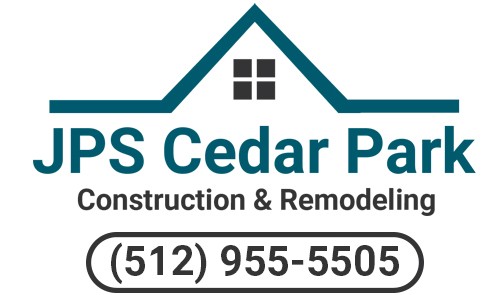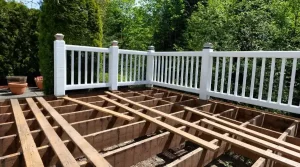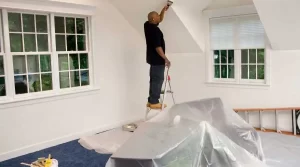One of life’s few more thrilling pursuits is making your house truly YOUR HOME. This post is for everyone who has daydreamed about renovating their house and may even have a seemingly never-ending list of objectives and desires. Before going on to the next phase of your home renovation journey, you’ll need to narrow down your wish list to a well-honed list of useful must-haves and action items.
Step 1: Setting a Budget in the Beginning
The first thing you must do is choose a precise budget range to use for your home improvement. You’ll see that we made a budget range reference. Beginning this process, your budget should be less than the total amount you can afford to spend on renovating. It’s a sad fact that you’ll run into unforeseen situations and challenges once you start tearing down walls for restoration. Because of this, you ought to reserve a portion of your entire budget for emergencies. You will determine the scope of your improvements with the help of your bespoke builder based on the lower end of your budget. The entire process will be less stressful for you if you know you have a tiny safety net to fall back on in case something comes up or you decide you want to spend more money than you expected to on a final choice.
Step 2: Start with the Basics
Sort the items on your entire wish list into three categories: things that require fixing, things you really must have, and things you’d want to have.
The part titled “Repairs Needed” will cover any maintenance jobs that you may have neglected over time. Whether you have an old roof, a leaky window, or any other problems with your HVAC system, put them on your list of repairs that need to be made. You might need more fixes that you aren’t yet aware of. Your reputable builder and their experienced stable of subcontractors should be able to help you determine what has to be done if anything more needs to be done to bring your house up to code or make it a healthier environment for you and your family to live in.
The Must-Have section will contain the items that served as the initial impetus for this remodeling journey. It’s possible that your children have loved on your home a lot but neglected to maintain the toilets. Your family may no longer fit in your kitchen or living room due to the changes that have occurred over the previous several years. As your family expands, you might need to add more specialized or built-in storage. No matter the circumstances, make sure your Must-Have list is long enough to include everything you believe is necessary to make the journey through home repair “worth it.”
The “Like-To-Have” section contains items that “definitely would be good” to have but might be the first to go if it turns out that your budget can’t cover the scope of the renovation that you had anticipated it would. Each person’s list will differ depending on their particular preferences, but it is usual to include some of the more upmarket finishes that you may or may not decide to include. Examples of items on this list include upgrading all kitchen appliances rather than just the ones that need to be replaced, switching from manual window coverings to mechanized shades, switching from the current windows to steel ones, completely rebuilding a fireplace mantle and surround rather than simply refinishing the old one, and upgrading all window coverings to mechanized shades.
Step 3: Pay close attention to the areas you use the most.
This is necessary for your money to genuinely matter. Pay close attention to the rooms in your house that you use frequently, such as the living room, master bedroom, kitchen and breakfast nook, and any others. If your teenagers will be leaving the nest in a few years, think twice before renovating their bedrooms to the “best of the best.” We commonly found that additional bedrooms and bathrooms, eating areas, and bonus/game rooms fall lower on the priority list, especially once children have outgrown their earlier years. Although the majority of people find more frequent benefits from renovating their interior spaces, enhancing the property’s outside (beyond repairs) occasionally ranks lower.
Step 4: Have an initial meeting with a custom builder
The best course of action after narrowing down your options is to select a renowned custom builder by interviewing them. After reviewing a wide range of solutions, they will help you establish an approximate estimate based on the current cost of materials and labor so that you may mutually cut down your list of options. Also, your custom house builder will connect you with an interior designer and an architect they feel will be a good fit for your needs, preferences, and budget. As you move through the planning and pre-construction phases with each option and decision you make, your custom builder should continuously revise their preliminary estimate so that by the time you’re ready to begin construction, your budget is complete and accurate.
For more information on how to interview potential custom builders, visit our previous blog post here.
The most crucial thing to remember as you finalize your wish list and go on to the next step of your home remodeling is to put together a reliable team of partners who prioritize your goals and interests. Working with a reputable, open-minded, and top-notch custom house builder, architect, and an interior designer could make all the difference.







